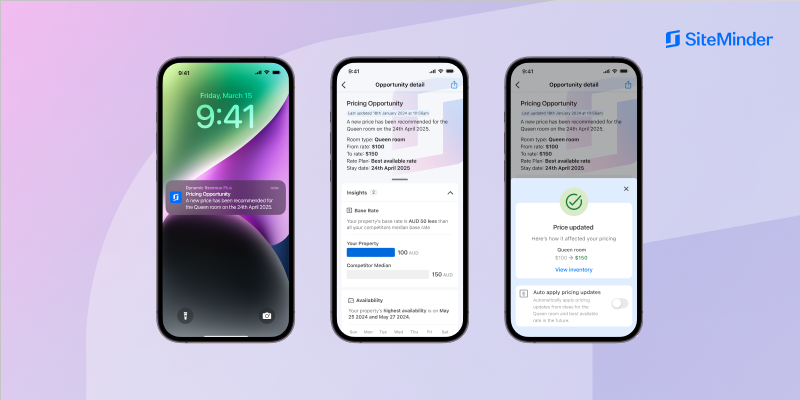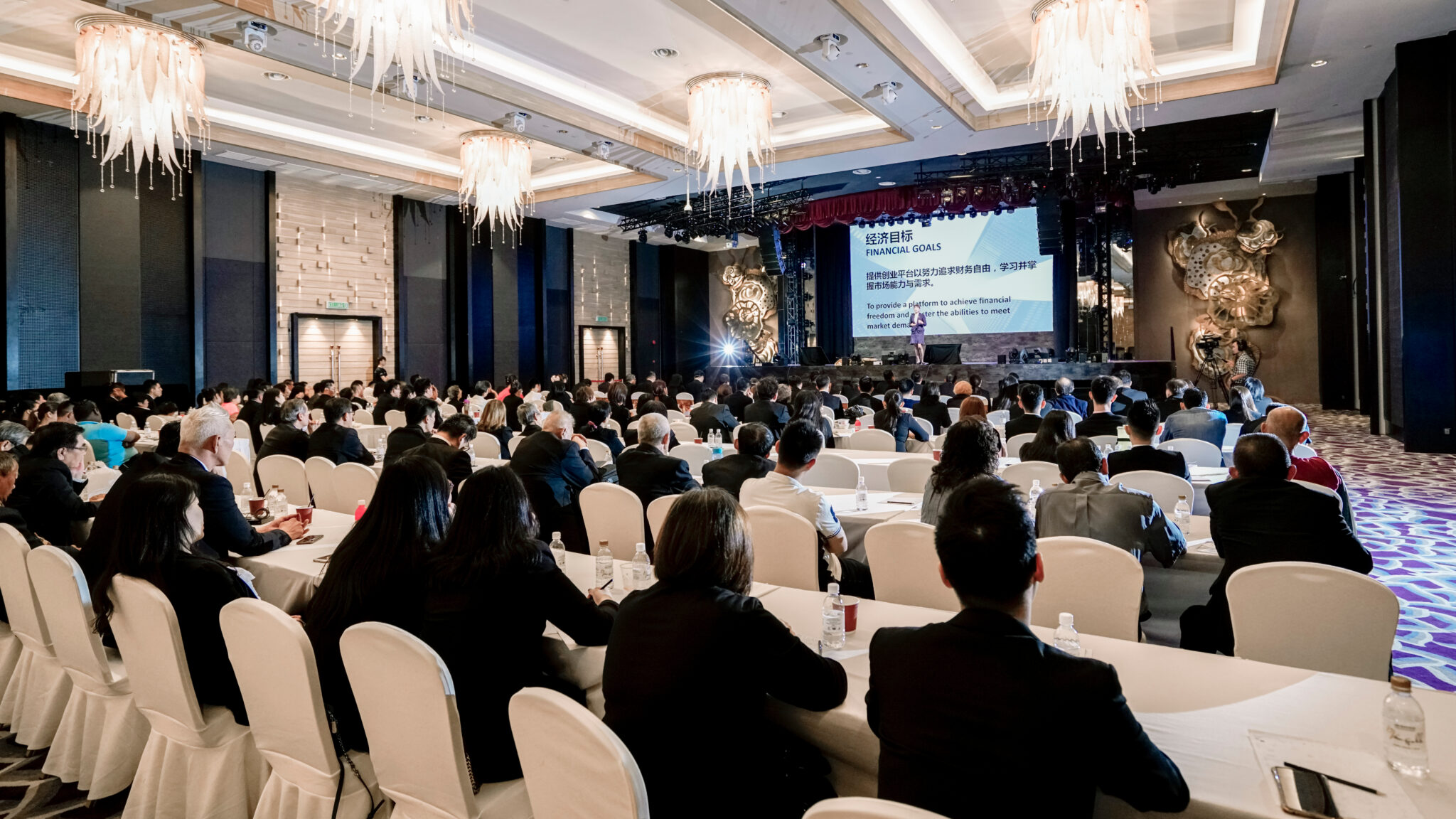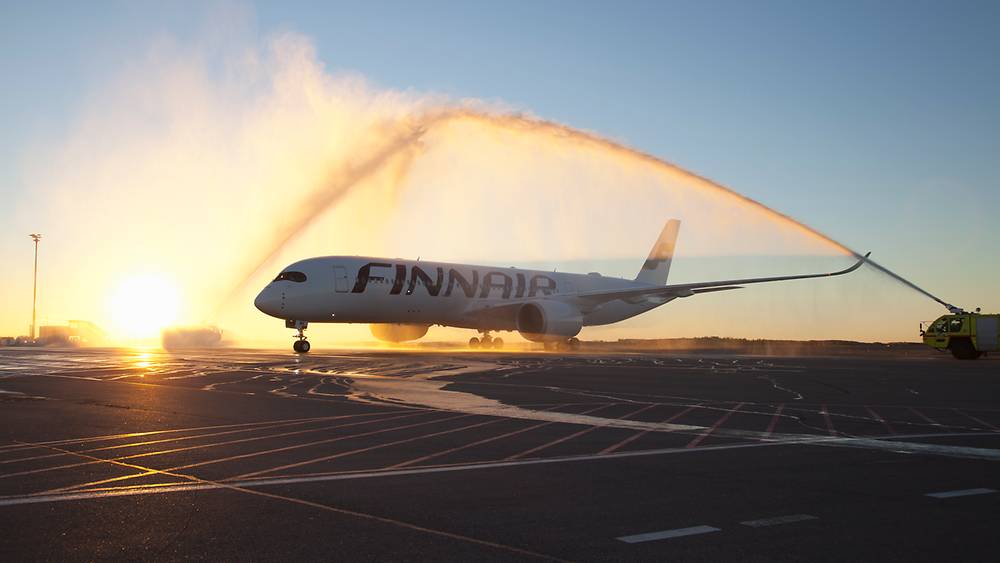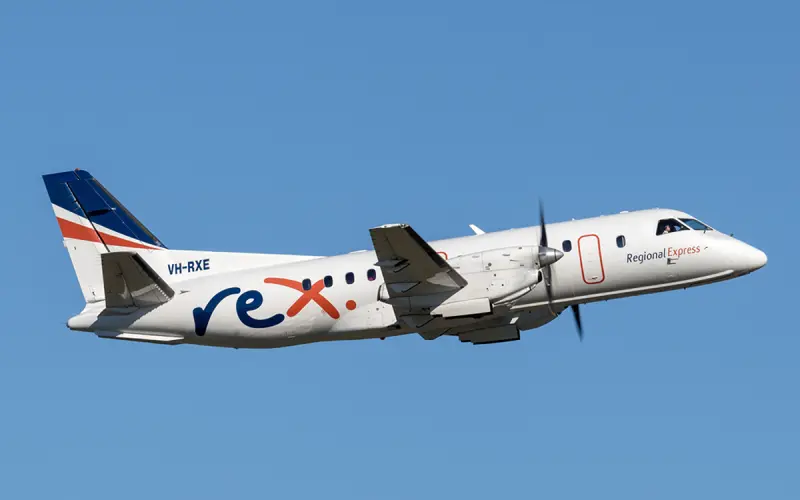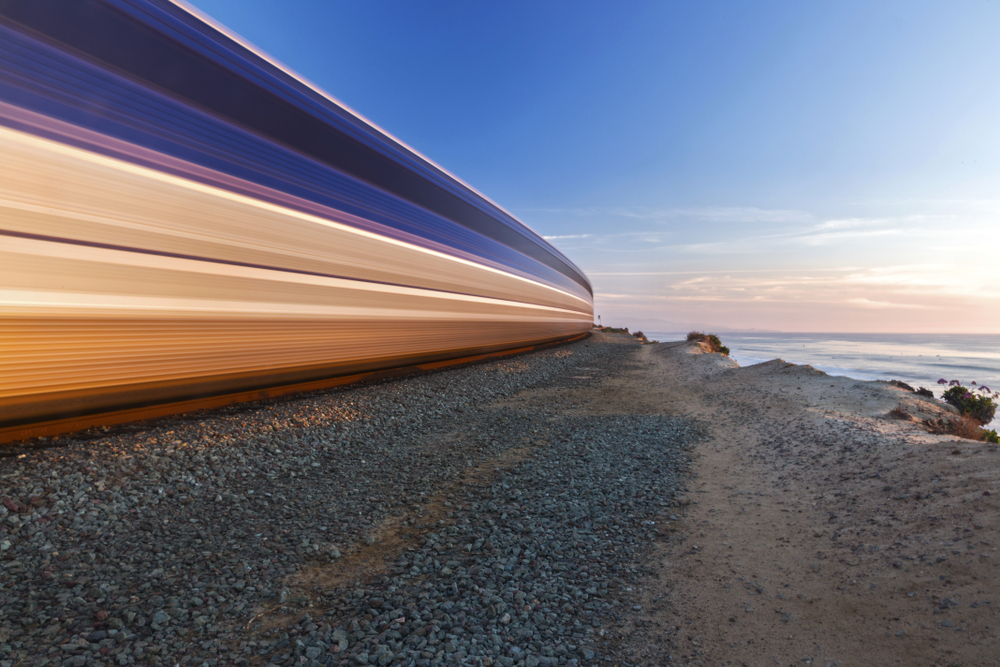
As the nation heads into the high-travel July 4th holiday weekend, climate-change fueled extreme weather has caused thousands of delayed or cancelled flights, leaving passengers stranded in airports from Los Angeles to New York, as well as creating unsafe driving conditions.
A nationwide electric high-speed rail network in the U.S. would circumvent much of this chaos and enable millions of Americans to travel safely and efficiently to visit friends and families on holidays, while reducing toxic carbon emissions that contribute to the climate crisis, the U.S. High Speed Rail Coalition said.
“The longer America waits to build a nationwide high-speed rail system, the more we will see this travel nightmare played out across the country,” said Andy Kunz, CEO of the US High Speed Rail Association. “And the transportation crisis will only get worse if we do not provide American travelers with a better alternative, and one that also addresses the growing impacts of climate change.”
Severe thunderstorms on the East Coast and in the Midwest have been a major disruption, with smoke from Canadian wildfires and heat in the South adding to the chaos. Flight Aware reports over 120,000 delays and 12,000 cancellations this week. Millions of lives have been impacted.
Severe storms and smoke also make highway travel more dangerous. Each year, more than 40,000 people die on U.S. roads. The weather disruptions come as the AAA projects record domestic travel over the holiday weekend with more than 50.7 million Americans traveling 50 miles or more from home.
U.S. airports and highways are filled to capacity. Further expansion would be far more costly than building high-speed rail lines and would take a disastrous toll on the environment. Air travel is efficient for longer haul flights, but it’s far more efficient to rely on high-speed rail for short- and medium-haul routes.
High-speed rail is a very high-capacity mode of transport that can operate through severe weather conditions that often ground aviation. High-speed rail will also lower demand for air travel and reduce traffic congestion and overloading. It also is essential for the U.S. to achieve its climate goals. America’s dependence on fossil fuel-powered vehicles is a key obstacle in the fight against climate change. Cars and trucks are the leading source of carbon emissions in the U.S. In contrast, high-speed rail runs on electricity and has the lowest emissions of any mode of transportation and a total carbon footprint 14-16 times less than cars or planes.
High-speed rail is the safest form of transportation in the world. Japan has operated high-speed rail since 1964 without a single injury or fatality. Other countries have similar results. Twenty-six nations carry a total of billions of passengers on high-speed trains each year.
The U.S. has lagged behind the rest of the industrialized world in building high-speed rail, but a strong government commitment can change this picture. The bipartisan infrastructure law, which includes $66 billion in funding for passenger rail, is a crucial step forward in making high-speed rail a reality in America.
High-speed rail projects across the country are moving forward, with two leading the way. Brightline West, a largely privately funded project that will connect Las Vegas and Southern California, is projected to be running by the 2028 Summer Olympics in Los Angeles. And California High-Speed Rail’s initial operating segment in the Central Valley is planned for completion by 2030.



 share
share

















